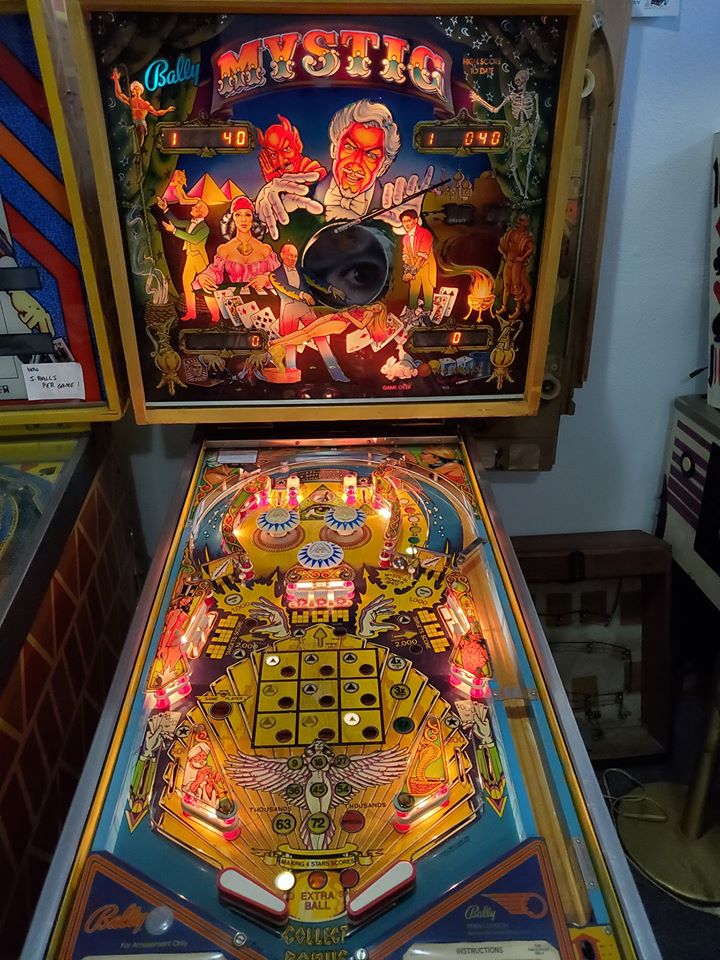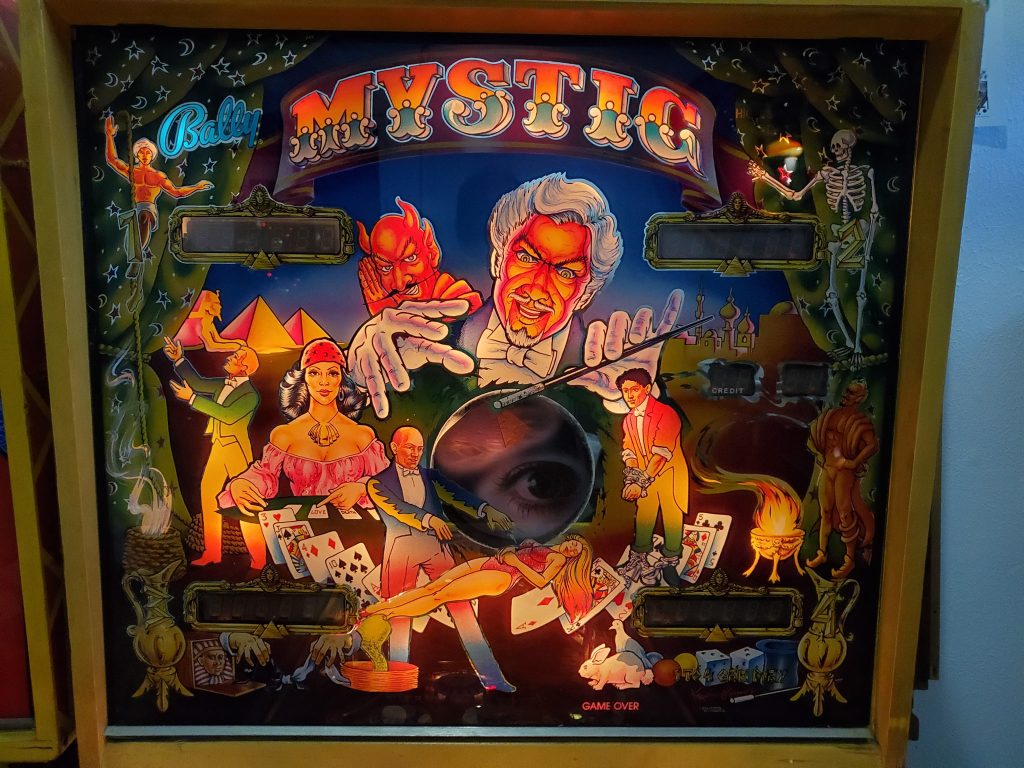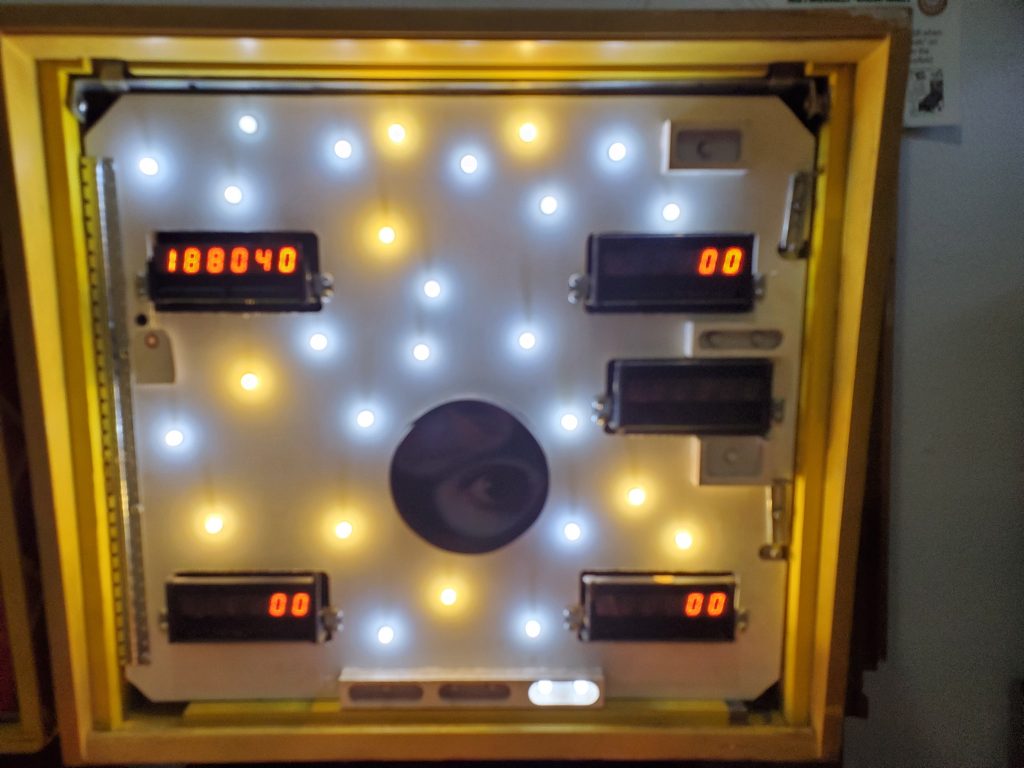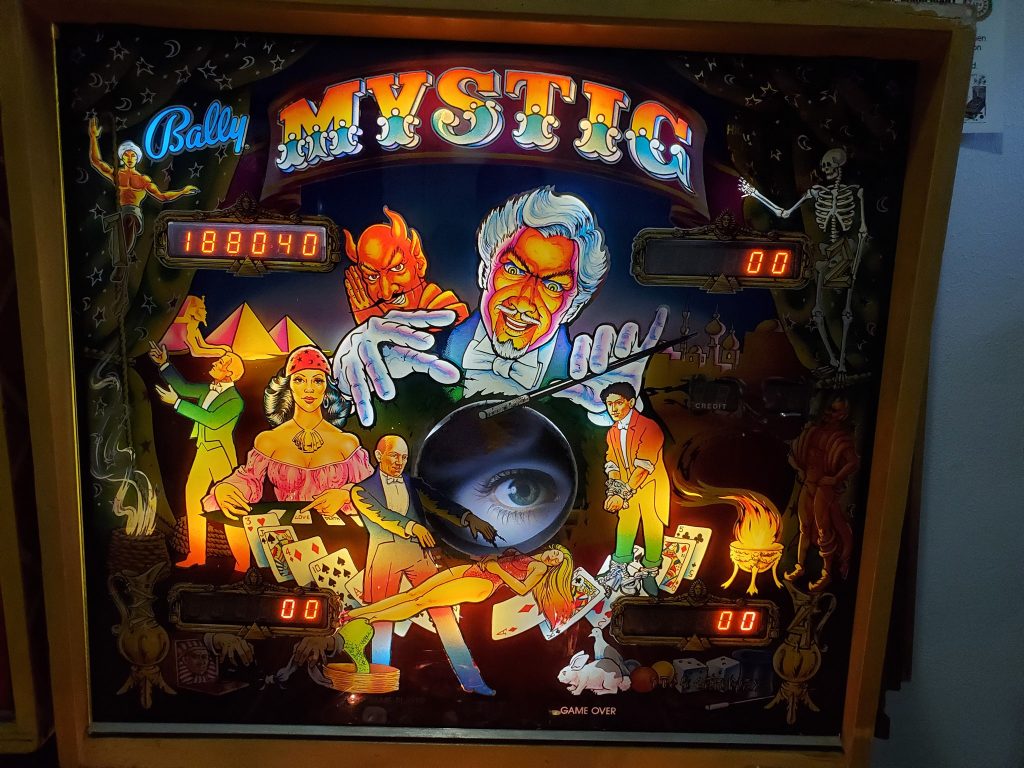I talk a lot about LEDs and their pros/cons (mostly pros in my book) but obviously this is a heated discussion among enthusiasts. I decided to try an experiment and do different configurations of stock incandescent bulbs, along with a warm white and cool white LEDs and even a mixture. Can you tell the difference? What do you think looks best?
Before I show you a video of the process, here are random pictures of the backglass of Paragon with different lighting configurations. If you don’t want to know which is which, don’t scroll down too far…
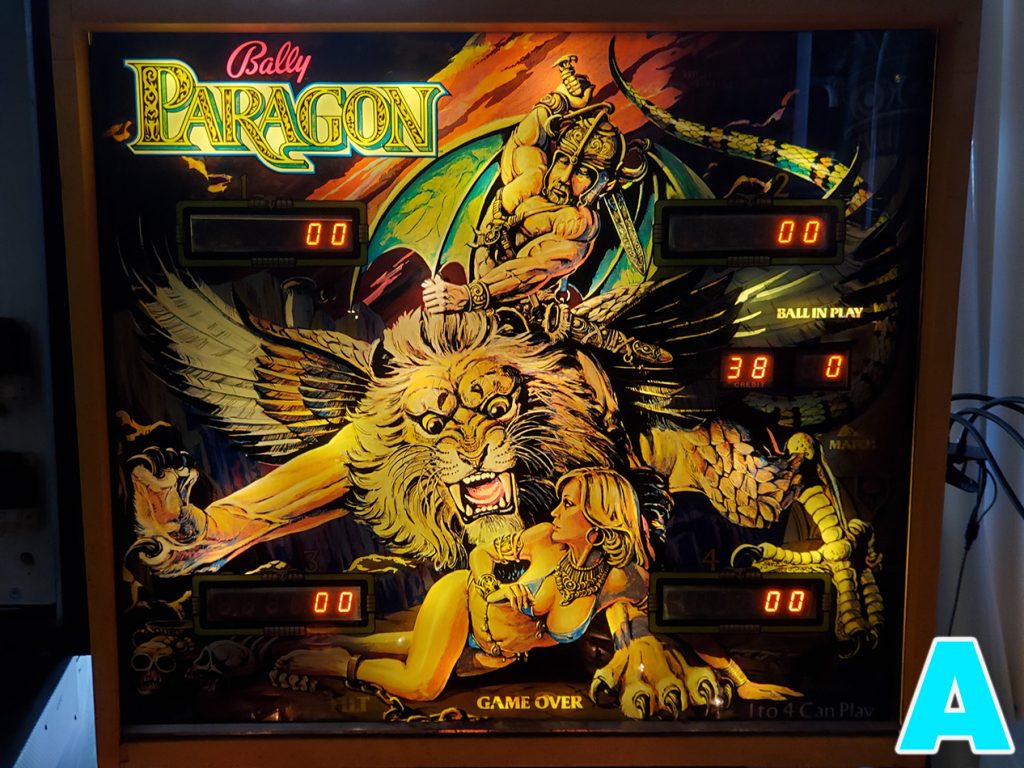
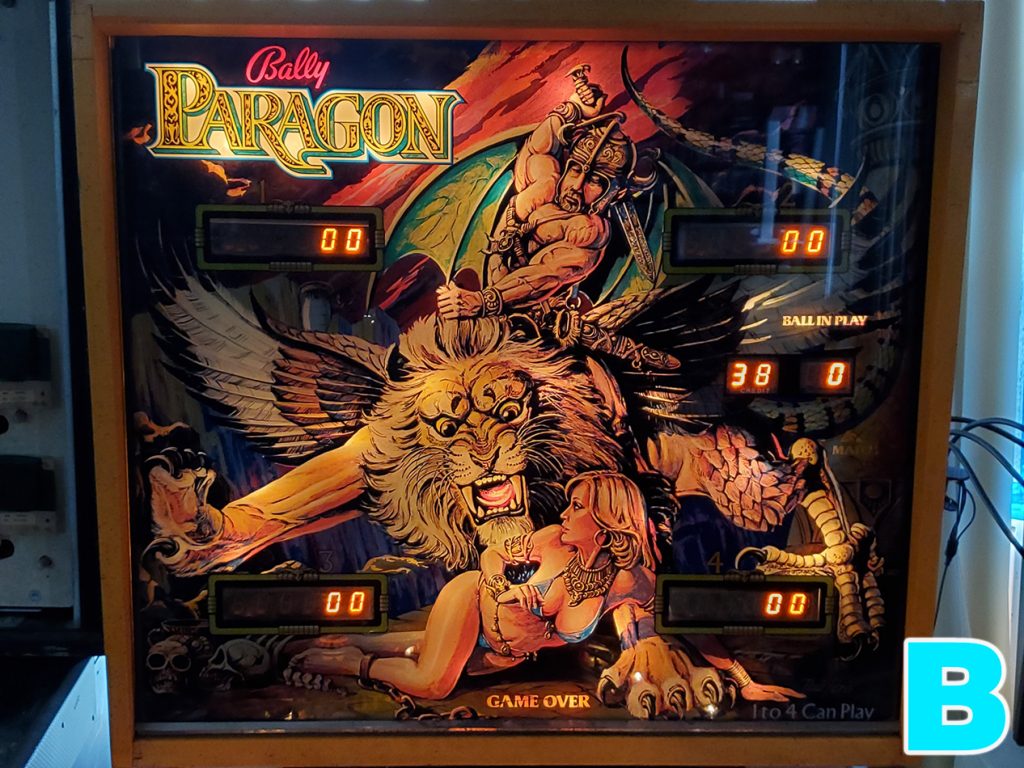
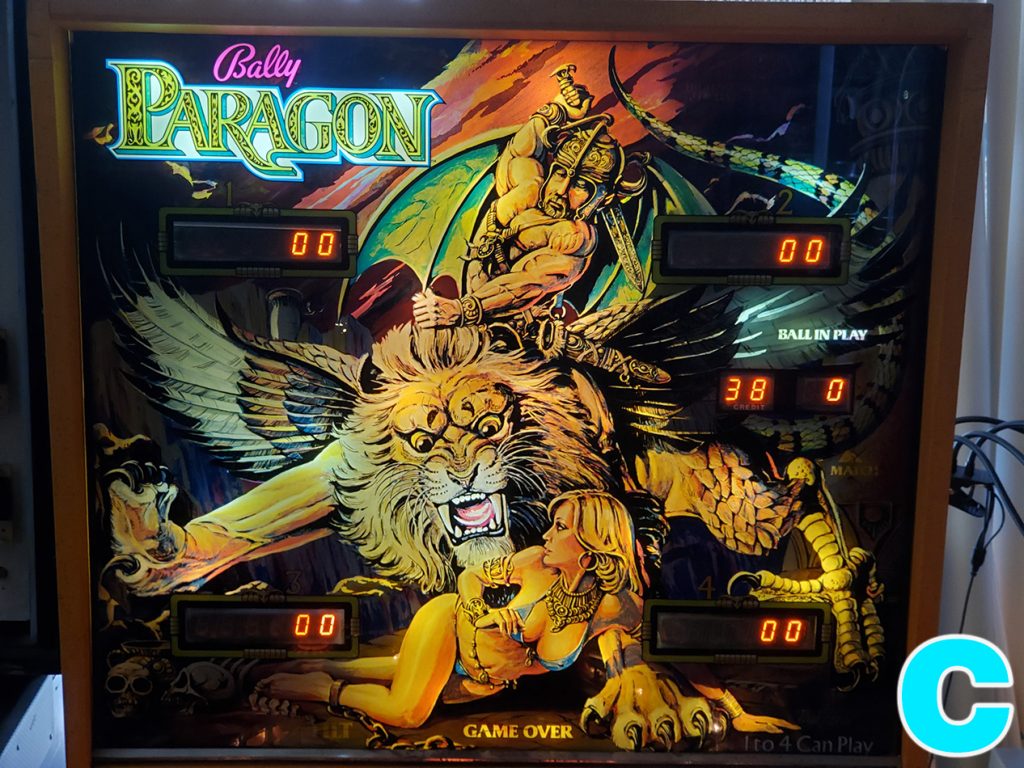
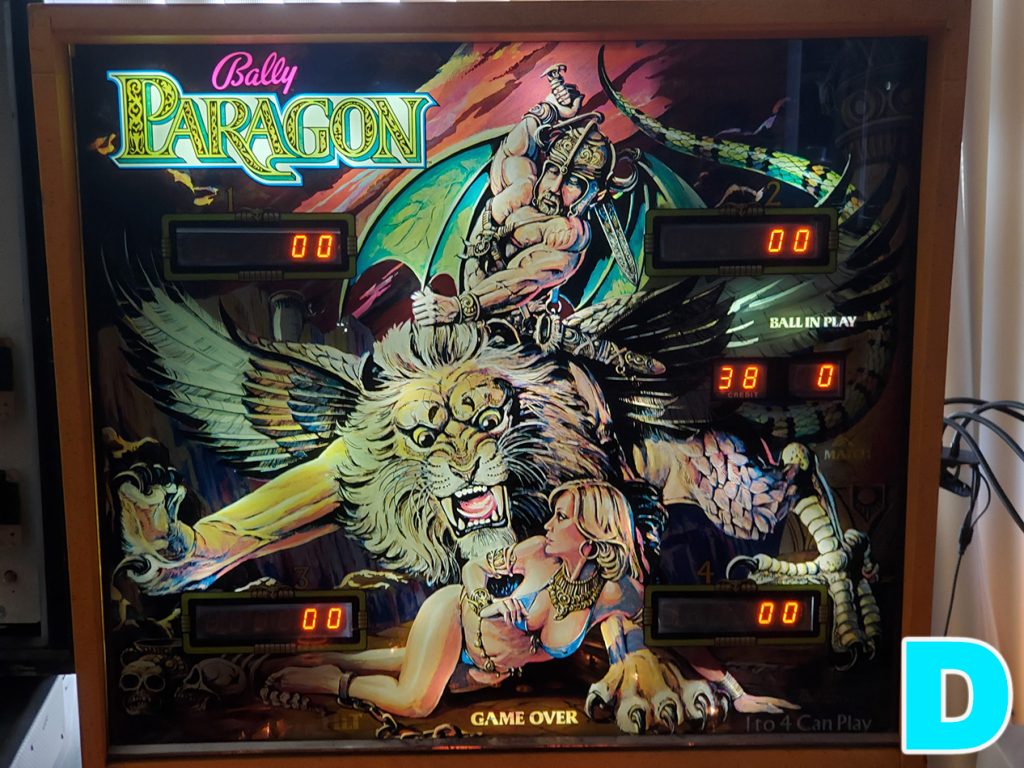
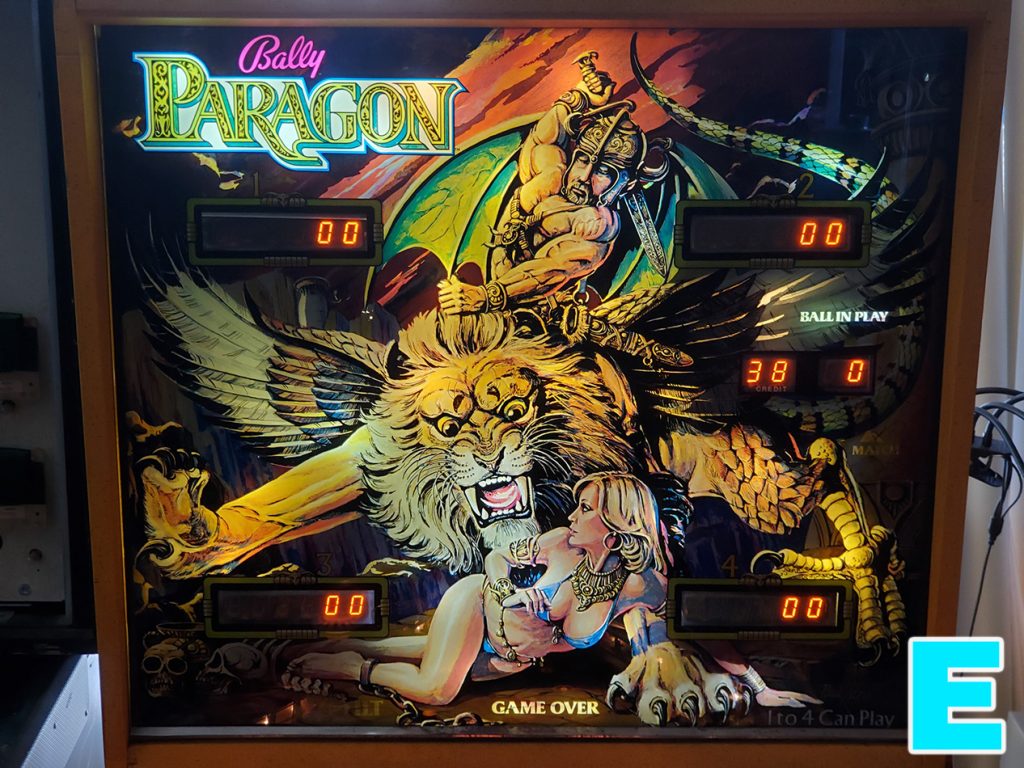
Ok, below is the same experiment done on video.. and if you scroll down farther, you will see the lighting configurations revealed… NOTE that the order of the light configuration in the video is not in the same sequence as the A, B, C pictures. I mixed them up for the pictures so people could try and guess first without knowing.
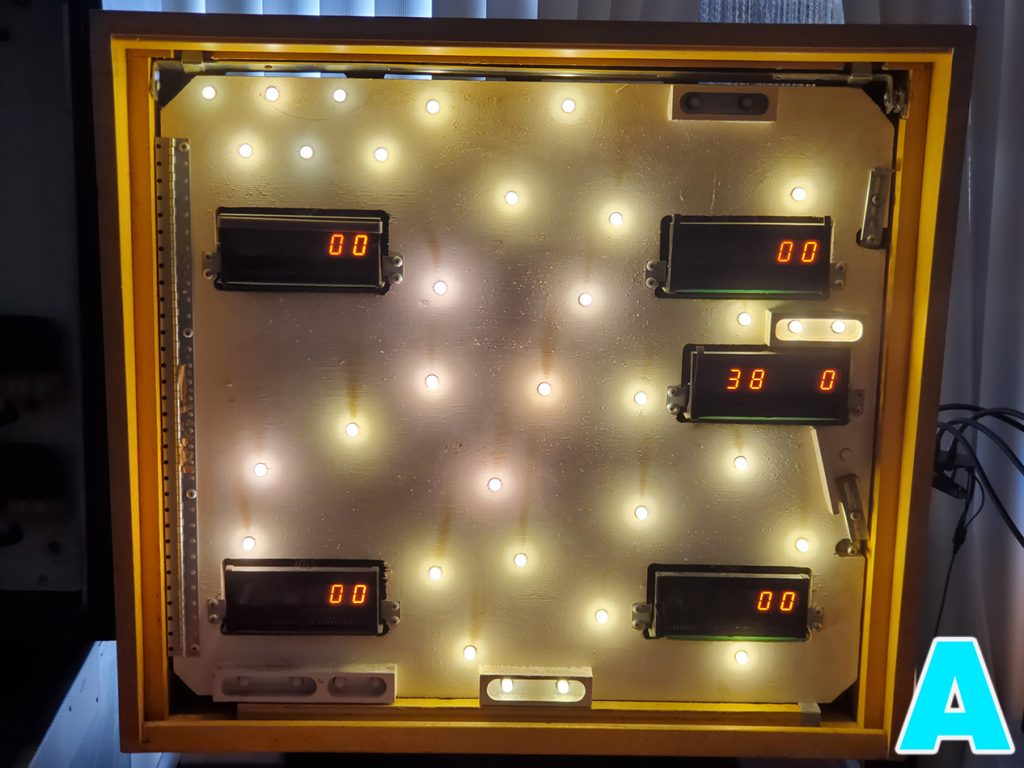
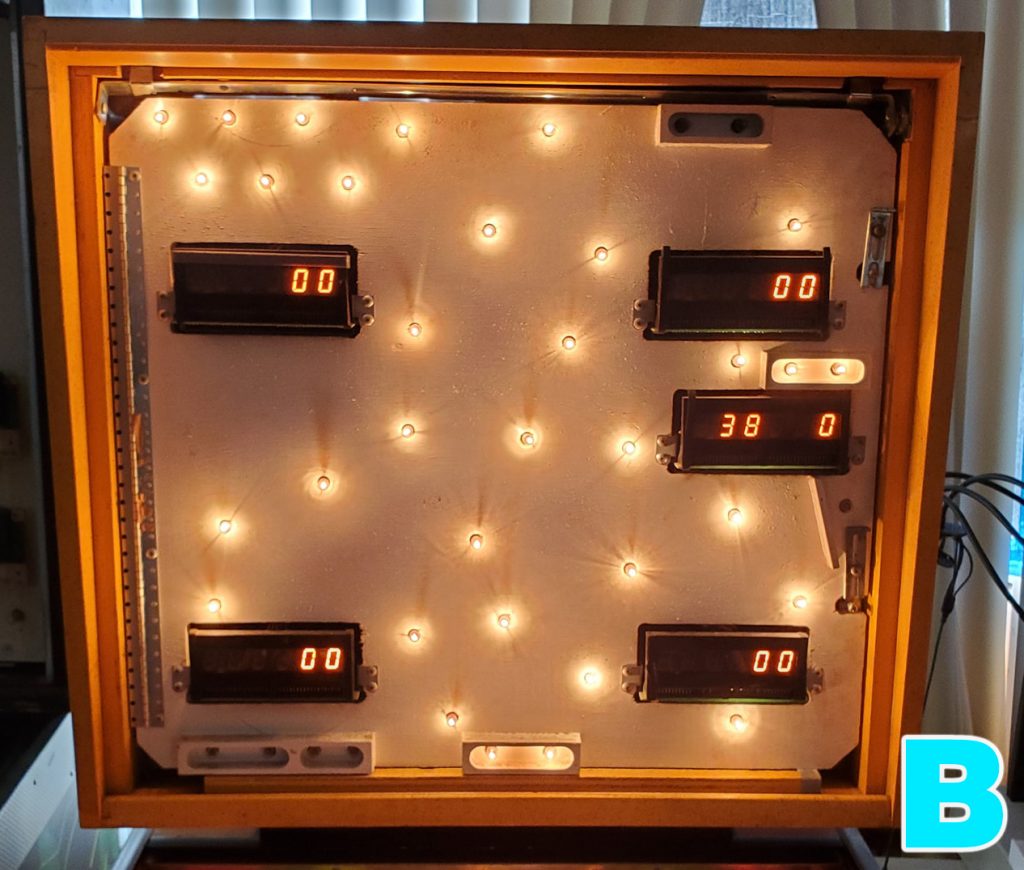
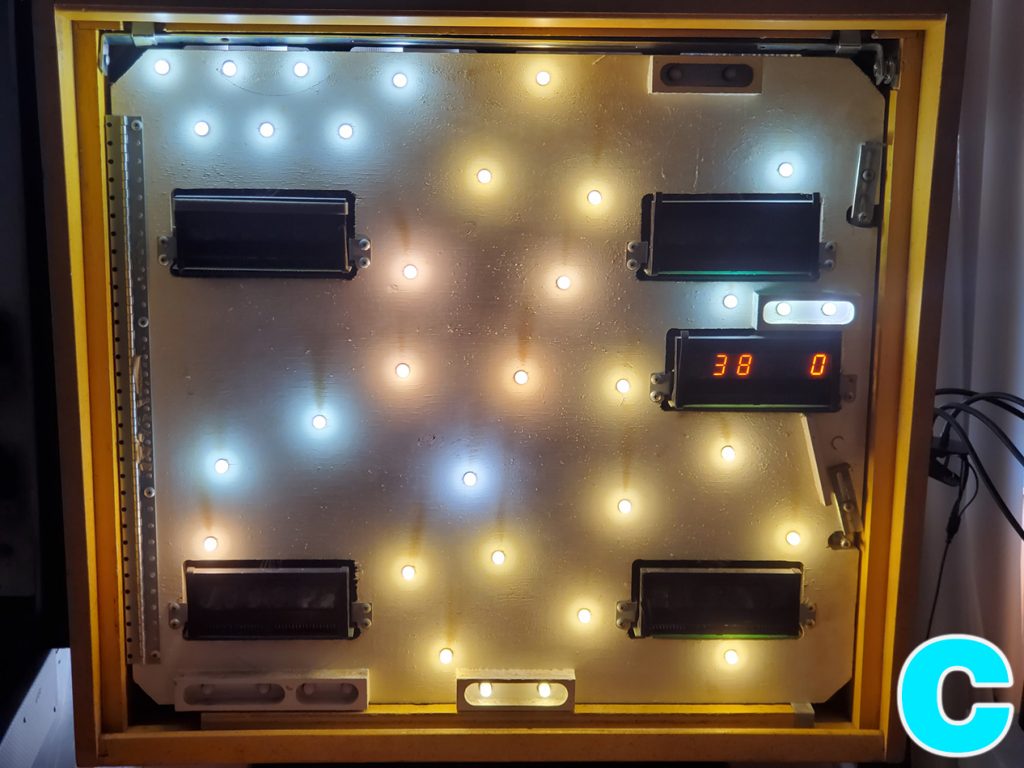
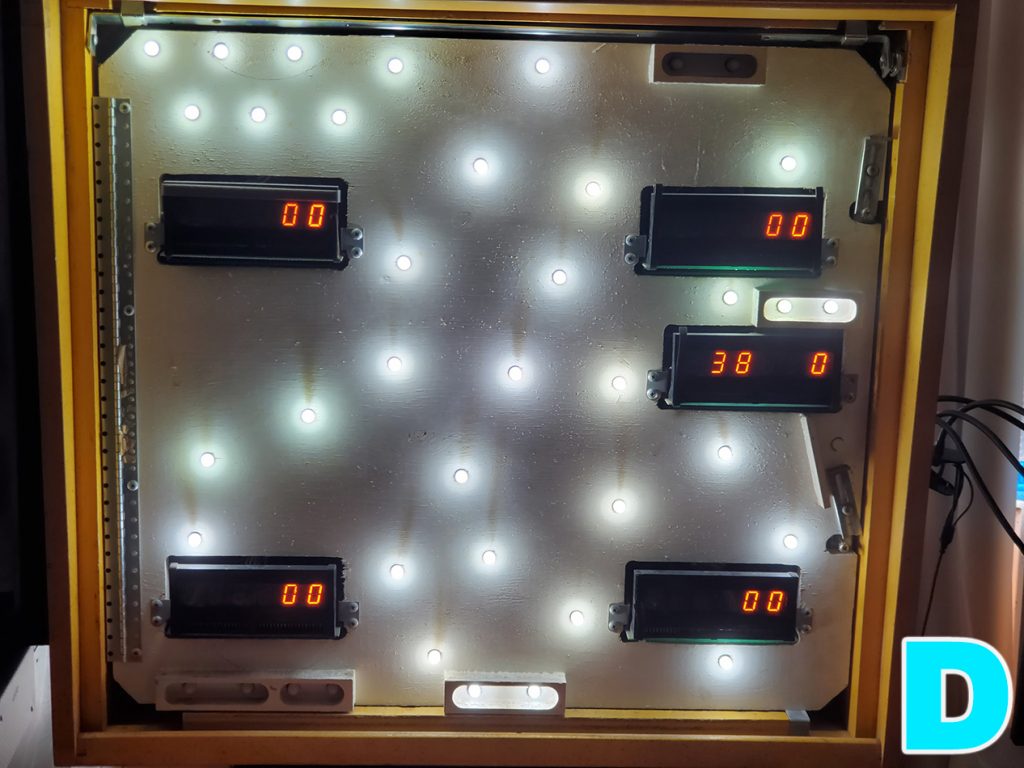
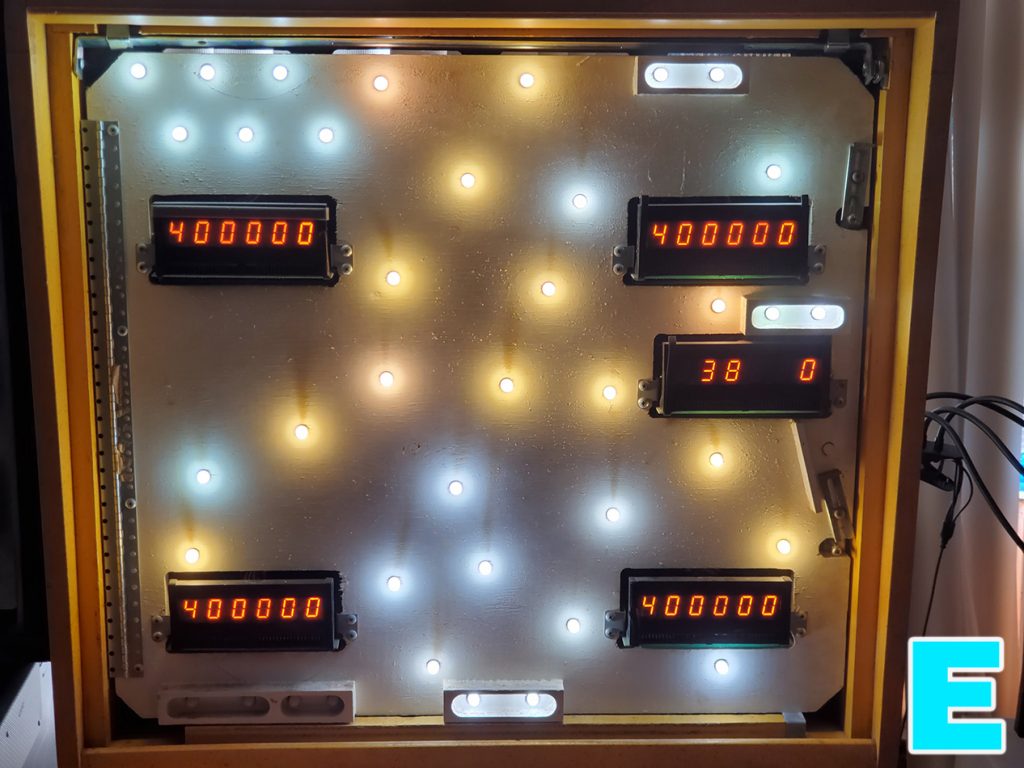
What do YOU think? You can also leave comments on Youtube here: https://youtu.be/Rjl4fi7t8I4


